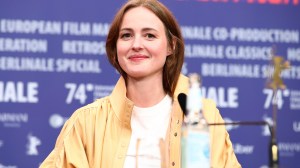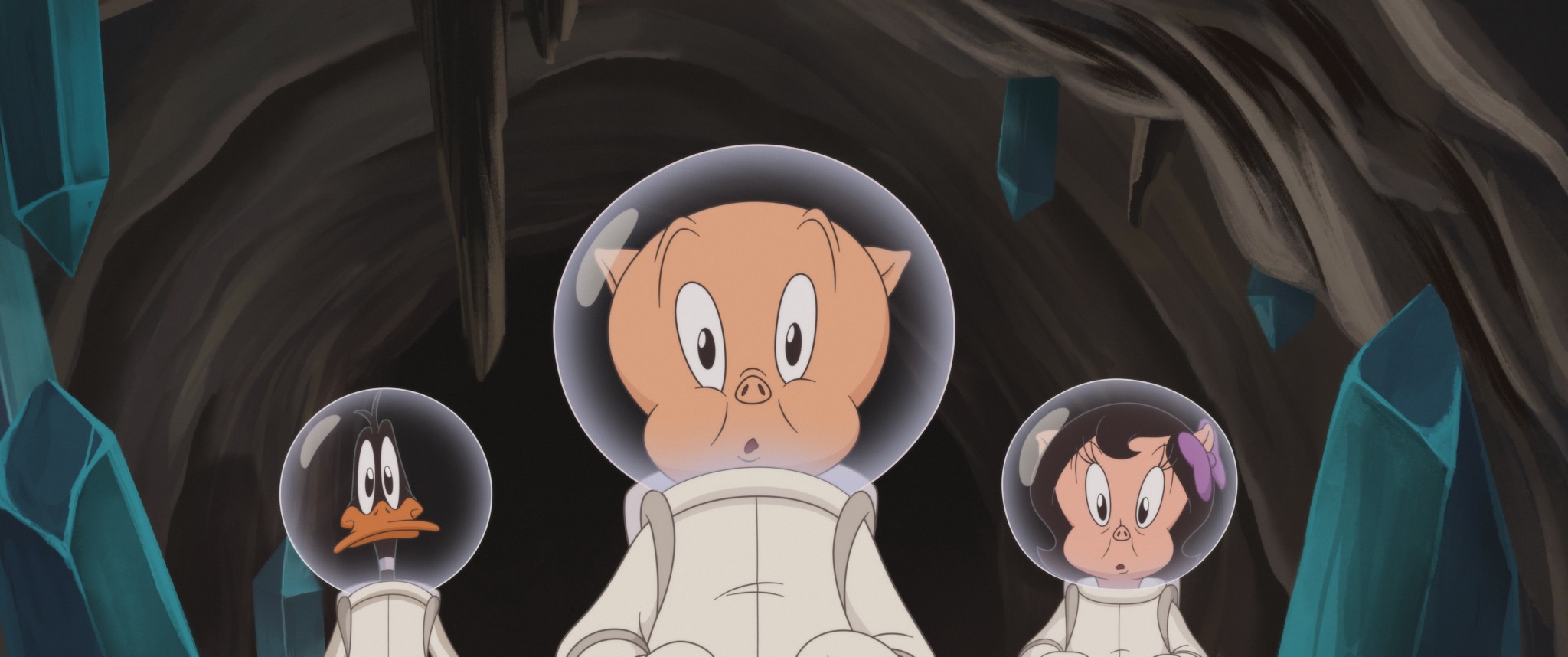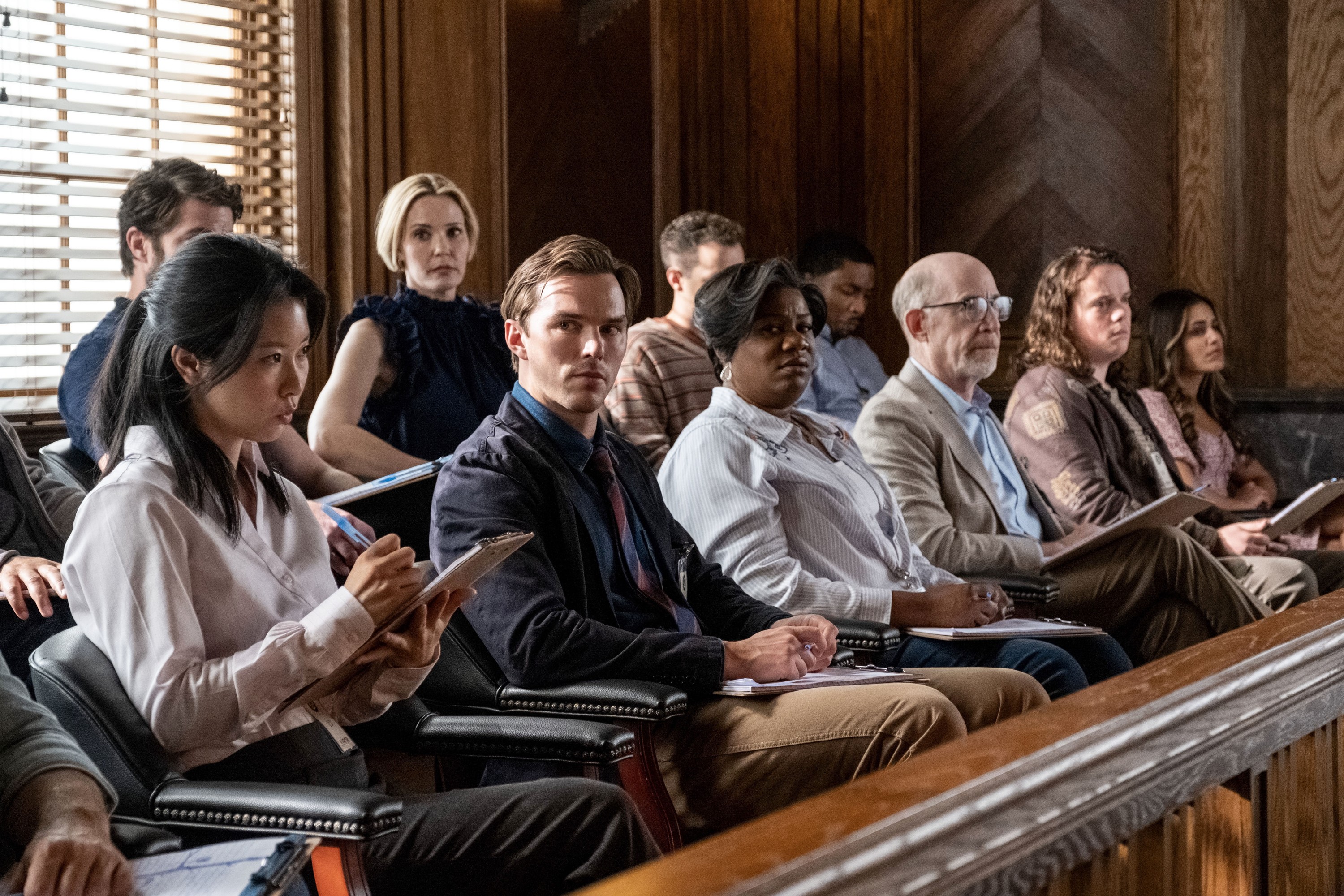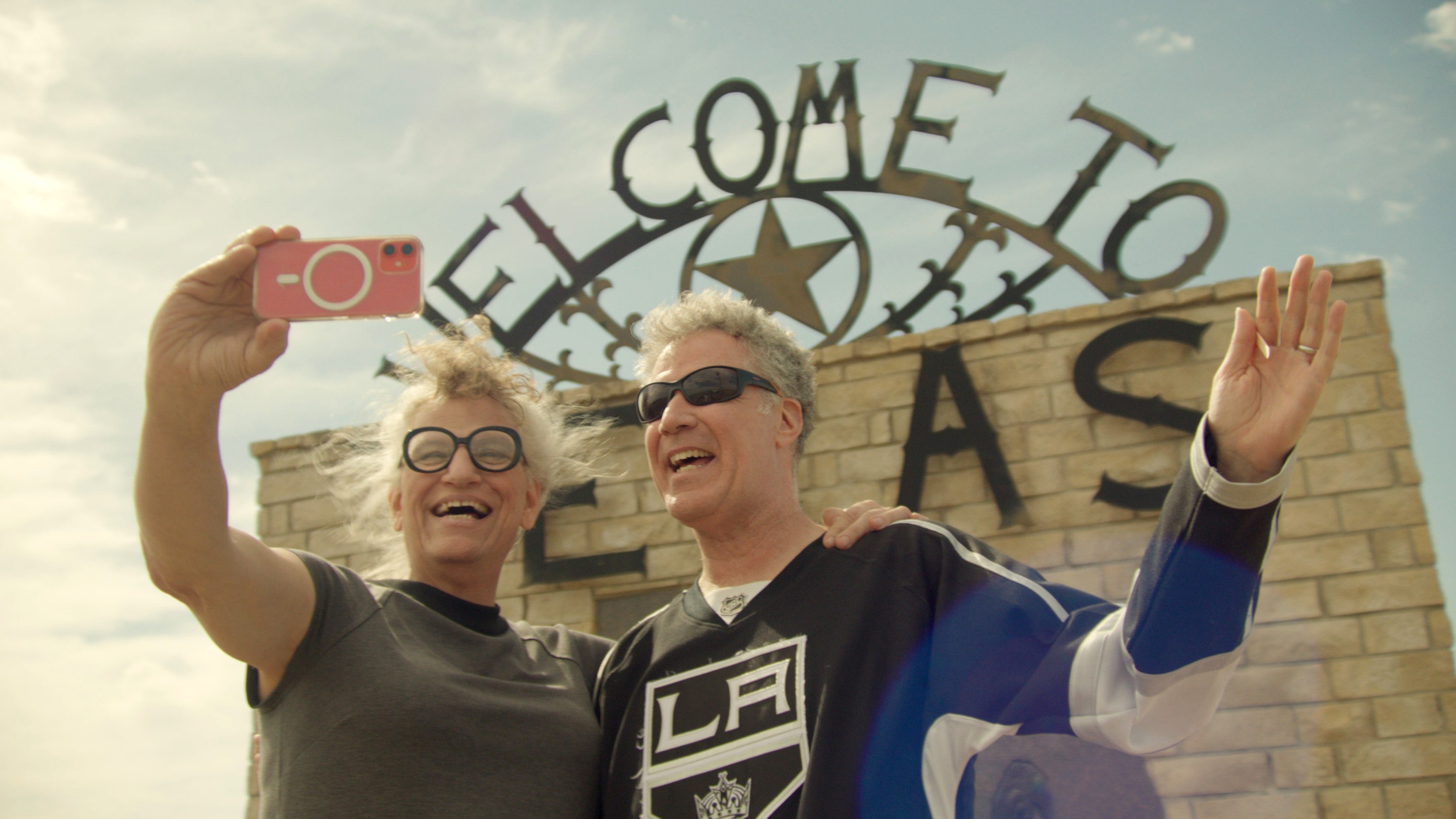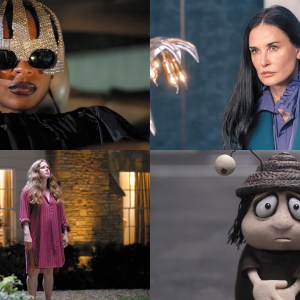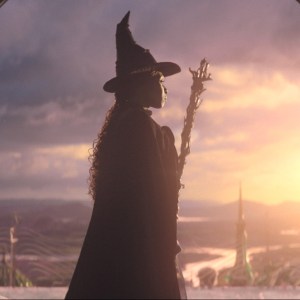By providing your information, you agree to our Terms of Use and our Privacy Policy. We use vendors that may also process your information to help provide our services. This site is protected by reCAPTCHA Enterprise and the Google Privacy Policy and Terms of Service apply.
The Six Silent Films That Inspired “The Artist” Director Michel Hazanavicius (Gallery)
Eric Kohn

 Many filmmakers cite silent film as inspiration, but only a handful of living filmmakers have made them. With “The Artist” (opening this week), French director Michel Hazanavicius joins a small group that includes Mel Brooks (“Silent Movie”) and Charles Lane (“Sidewalk Stories”). This stylishly photographed throwback to the sunset of the silent era follows a confident star (Jean Dujardin, who won a Best Actor award at Cannes) whose career falls into jeopardy when he fails to adapt to the advent of sound film.
Many filmmakers cite silent film as inspiration, but only a handful of living filmmakers have made them. With “The Artist” (opening this week), French director Michel Hazanavicius joins a small group that includes Mel Brooks (“Silent Movie”) and Charles Lane (“Sidewalk Stories”). This stylishly photographed throwback to the sunset of the silent era follows a confident star (Jean Dujardin, who won a Best Actor award at Cannes) whose career falls into jeopardy when he fails to adapt to the advent of sound film.
In New York for an early awards season campaign, the director sat down to discuss his interest in the silent film era and how it impacted the filmmaking process. Following the interview, Indiewire asked Hazanavicius to list some of the silent films that inspired “The Artist.” Stills from these films and brief descriptions from the filmmaker are provided in the gallery at the bottom of this page.
Silent film began around the 1890s and lasted until the end of the 1920s, so we’re talking about 40 years worth of output, about half as long as the sound era to date. Do you think the age of silent film ended too quickly?
Yes. In fact, that’s one of the things I said when I was looking for money on this project. In a way, I wanted to say that if the talkies had arrived 10 years later, we would have even more masterpieces, because the substitution of the narration, the way the movie looked, was cut off in 1927. Other directors could have done it even better because it was improving year after year. The last few years of the silent era — you can watch those movies now and they’re really great. So my plan was to make a silent movie that could have been done during the years after the talkies arrived, but also include what has happened in the last 80 years with sound film.
“Sunset Boulevard” is often cited as the seminal movie about the impact of the talkies on silent stars. But while it treats the technological shift as a tragedy, you’ve chosen to take your story in a much sunnier direction with the suggestion that silent stars could evolve in the new era.
The happy ending is a matter of politeness. I asked people to watch this, so I couldn’t do something other than a happy ending; it’s a way of saying thank you to the audience, because they went to see something that’s not so easy to go see. I feel more comfortable giving them a happy ending. More generally, it’s about how we all have to face transitions now. The world is going faster than our lives. We have to adapt. There’s no other way to do it.
So you’re not anti-digital technology.
No. “Avatar” is a great movie. I really love it. This movie is one I made because I wanted to make it, but it’s not a declaration of war.
How did you prepare for writing a silent screenplay?
I watched a lot of silent movies. It’s a very specific way of writing, which is more of a challenge than the directing. You have to describe images. It’s easier to shoot them.
What was the mood like on the set? Did you talk during the takes?
Yes. It was really liberating for the actors, but for me, it was a godsend. It was great to be able to speak during the shooting. I would also play music.
Did you assign your actors to watch a lot of silents so they had the right reference points?
No, not so much. When you write a script that you’ve felt in your soul for a long time, you can’t ask the actors to go through the same emotions. You have to do part of the job to make things as easy as possible for them. I screened some movies for them just so they would understand: A lot of people think of silent movies as just clowns doing slapstick. It’s difficult to have them think of it as another way to tell the story. I wanted them to show it naturally. When you screen King Vidor’s “The Crowd” to an actor, he understands the kind of story you’re able to tell with silent movies. If you only watch two-reel movies, or Harold Lloyd or Charlie Chaplin, you can’t imagine what can be done.
Would you ever want to make a movie like this again or go back to more conventional projects?
I would love to do it again because I really loved the process, but I don’t want to be the guy with the silent movies. But if I have an idea for a story and I think that the story’s good for this format, then yeah, because I really enjoyed it.
By providing your information, you agree to our Terms of Use and our Privacy Policy. We use vendors that may also process your information to help provide our services. This site is protected by reCAPTCHA Enterprise and the Google Privacy Policy and Terms of Service apply.

